If you have an air conditioner helping you stay cool during Florida’s sweltering hot summer months, you can significantly reduce your energy and repair bills by doing a few regular maintenance tasks. Florida’s high heat and humidity levels can easily result in skyrocketing electric bills, even in late fall!
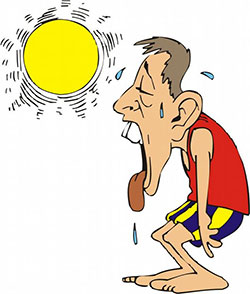 Taking a minute to check your A/C system and doing some basic maintenance can help shave off quite a bit of money off an otherwise costly energy bill. Keeping up with maintenance can also increase the life and efficiency of your air conditioning system, saving you more money over the years.
Taking a minute to check your A/C system and doing some basic maintenance can help shave off quite a bit of money off an otherwise costly energy bill. Keeping up with maintenance can also increase the life and efficiency of your air conditioning system, saving you more money over the years.
Many people choose to save money on expensive air conditioning service costs by doing their own basic maintenance on their window units and central air conditioning systems. This is a common practice to which entire Do It Yourself forum communities have dedicated tips and instructions for the motivated home owner.
Getting Started
Taking care of your A/C is not hard and does not take a lot of time. But it will be time well spent, especially if your air conditioner is running a lot during the summer. You don’t need any tools to do the job, just a little common sense and a few minutes of time.
First, if you are unsure about how to do these tasks, talk to a professional A/C technician and have him show you what needs to be done. Then, you can do it yourself the next time. If you have a manual, that can be a useful resource, too.
Whenever you do any maintenance on your A/C, start by turning off the power at the thermostat and also the breaker switch (pictured below). Note: While examining your A/C system and opening the unit, be careful not to injure yourself on any sharp metal edges that might be inside your air conditioner when you take the cover off.

Changing Your A/C Filter
One of the easiest and perhaps most important maintenance jobs is to check the filter and see if it needs replacing. The filter should lift out without the need for any tools. Once you have it out, hold it up to the light and see if there is dirt, dust, or pet hair clogging it. You should be able to see light through it. If not, it is time to change it, or wash it if it is reusable.
Changing the filter in your A/C should be done at least every three months when it is in service. For pet owners – especially those with long-haired cats or dogs – changing the A/C filter every month or other month is a must. Dirt particles from the air are trapped in the filter and will cause the machine to work harder, requiring more energy and raising your electric bills. In Florida, a clean A/C filter is the key to reducing indoor air humidity, which is hampered by dirt and debris. By keeping the filter clean, you can save as much as 25 percent on energy bills during months when the A/C is in operation.
Its a good idea to have a spare filter on hand before you need one. Publix and other major grocery and convenience stores typically carry disposable filters of all sizes, as well as pet-dander and allergen specific models. If you are running your air conditioning system everyday, check the filter more frequently, especially during the summer months. In areas with heavy particulate matter in the air, a filter can clog up in as little as two weeks.
How to Clean A/C Coils
The next maintenance task is to look at the coils and fins on the unit. The A/C coils are typically protected by a grill that has been screwed in, so keep a screwdriver handy for easy removal. Once you have exposed the coils on your air conditioner, softly brush them from side to side to remove any built-up dirt or leaves. Tip: use a hand clipper and cut away any bushes or plants that are touching the unit. Also, be careful not to apply too much pressure to the coils, or bend them in any way, which could damage your air conditioning system. Also check to see that water is coming out of the drain when the A/C is operating. If it is not, call your repair person for help.
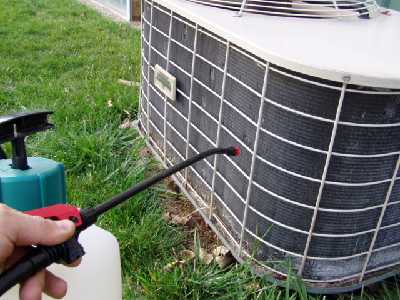
Checking the Freon Levels
Freon is the stuff that’s responsible for keeping the air that is blowing from your system nice and cold. Too little of it and the air in your house will remain stagnant and warm, regardless of what temperature you set your thermostat to. When it comes to A/C maintenance, taking care of the freon is an advanced task that is better left to the professionals. Under no circumstances should you consider recharge or flush your refrigerant lines without the proper tools and expertise.
However, a quick check up to make sure everything is working the way it should be is a simple enough task. A/C coolant line insulation can become worn or damaged from prolonged outdoor exposure, and is easy to see.

Schedule Maintenance for Your Air Conditioner
Regardless of whether you hire an A/C company or choose to do the maintenance yourself, regularly checking the condition of your A/C system can greatly extend the lifetime of your system, in addition to maximizing efficiency and reducing energy costs.
Having a professional air conditioning technician service your A/C each year, along with these fast and easy maintenance tasks, will keep your cooling system running efficiently for a lot longer. You will stay cooler yourself, too, in more ways than one.
Need help with your air conditioner? Located in Palm Beach county? Give us a ring at (561) 404-0340 or click here to schedule your service call with us. We offer quick, professional same-day service and can help with maintenance, repairs and even new installations.
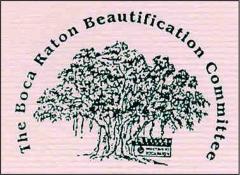 On Wednesday, May 16, 2012, the Boca Raton Beautification Committee selected the winners of their Annual Landscape Excellence Awards at a ceremony held at City Hall. The recognition encourages businesses, churches, homeowners associations and schools in the city limits to improve their landscaping and add to the beauty of Boca Raton. Lang Realty and Lang Management were proud to host a special luncheon for winners and officials following the ceremony.
On Wednesday, May 16, 2012, the Boca Raton Beautification Committee selected the winners of their Annual Landscape Excellence Awards at a ceremony held at City Hall. The recognition encourages businesses, churches, homeowners associations and schools in the city limits to improve their landscaping and add to the beauty of Boca Raton. Lang Realty and Lang Management were proud to host a special luncheon for winners and officials following the ceremony. This guest post has been provided courtesy of Lang Realty, a leading Boca Raton real estate broker. Lang Realty has eight office locations throughout Palm Beach and the Treasure Coast, including Boca Raton, Palm Beach Gardens, Downtown West Palm, Port St. Lucie, and Downtown Delray Beach.
This guest post has been provided courtesy of Lang Realty, a leading Boca Raton real estate broker. Lang Realty has eight office locations throughout Palm Beach and the Treasure Coast, including Boca Raton, Palm Beach Gardens, Downtown West Palm, Port St. Lucie, and Downtown Delray Beach.




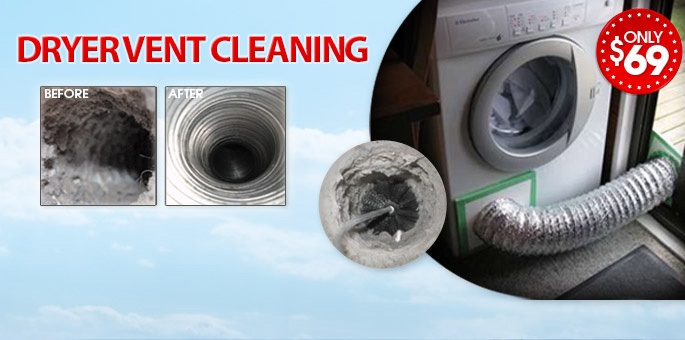
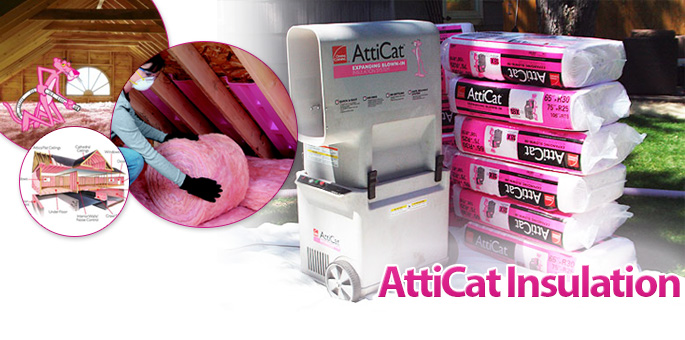







 All air conditioners have a SEER rating, which means Seasonal Energy Efficiency Ratio. A higher SEER rating means lower electric bills. Before 2006, the government required a minimum SEER rating of 10. Now the minimum requirement for a “high-efficiency” air conditioner is 16. Some high-efficiency units are rated as high as 20+.
All air conditioners have a SEER rating, which means Seasonal Energy Efficiency Ratio. A higher SEER rating means lower electric bills. Before 2006, the government required a minimum SEER rating of 10. Now the minimum requirement for a “high-efficiency” air conditioner is 16. Some high-efficiency units are rated as high as 20+. Older units may contain refrigerants that cause degradation of the ozone layer of the atmosphere. Leakage of this gas is harmful. Newer units contain refrigerants that produce less ozone damage. The Carrier company is producing a unit containing the R134a refrigerant that does not damage the ozone. Other manufacturers are following suit.
Older units may contain refrigerants that cause degradation of the ozone layer of the atmosphere. Leakage of this gas is harmful. Newer units contain refrigerants that produce less ozone damage. The Carrier company is producing a unit containing the R134a refrigerant that does not damage the ozone. Other manufacturers are following suit.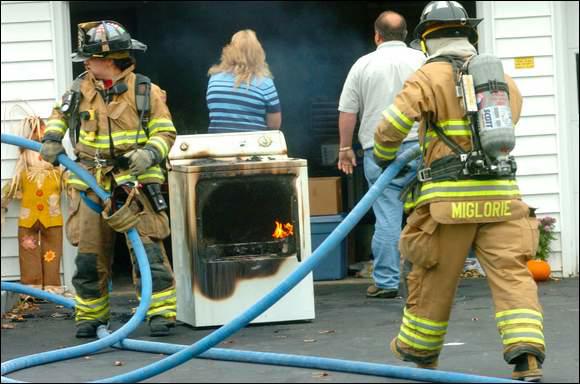
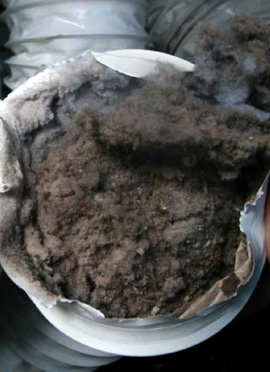 Typical consumer drying machines can be electric or gas; both types are susceptible to fire due to the combustible nature of accumulated lint build-up (see right). A dryer works by removing water from all the fabric placed inside the appliance. This process creates lint, which becomes compressed overtime in the ducts of the appliance.
Typical consumer drying machines can be electric or gas; both types are susceptible to fire due to the combustible nature of accumulated lint build-up (see right). A dryer works by removing water from all the fabric placed inside the appliance. This process creates lint, which becomes compressed overtime in the ducts of the appliance.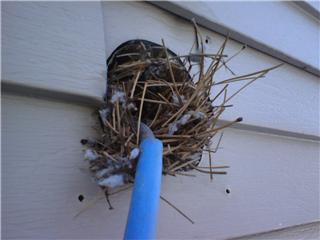 Birds and insects are often attracted to openings in the outside of buildings and choose these locations for nest building. As with lint build up, nests will keep air from flowing properly and the motor can overheat igniting material that has accumulated underneath the dryer.
Birds and insects are often attracted to openings in the outside of buildings and choose these locations for nest building. As with lint build up, nests will keep air from flowing properly and the motor can overheat igniting material that has accumulated underneath the dryer.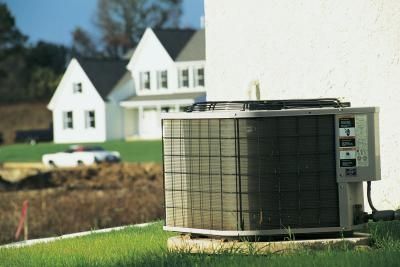 Life in South Florida can be a lesson in an easygoing life, with lots of fun in the sun and no harsh, frigid winters.
Life in South Florida can be a lesson in an easygoing life, with lots of fun in the sun and no harsh, frigid winters.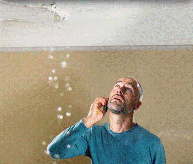
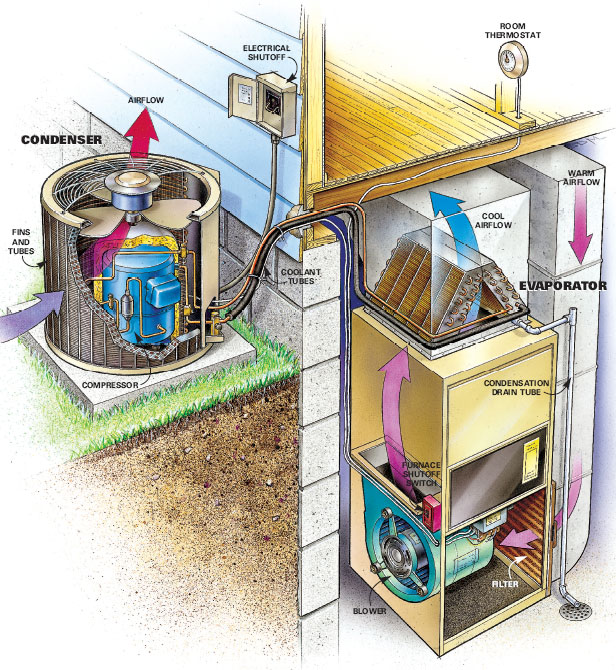
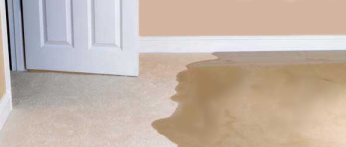
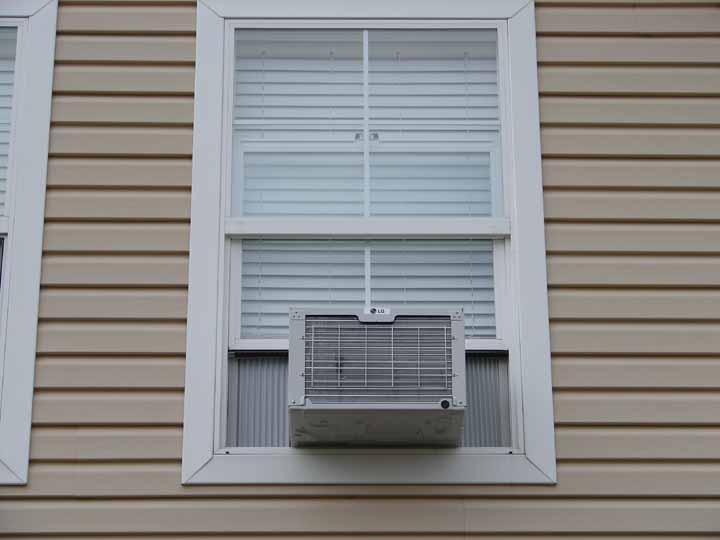
 Taking a minute to check your A/C system and doing some basic maintenance can help shave off quite a bit of money off an otherwise
Taking a minute to check your A/C system and doing some basic maintenance can help shave off quite a bit of money off an otherwise 

